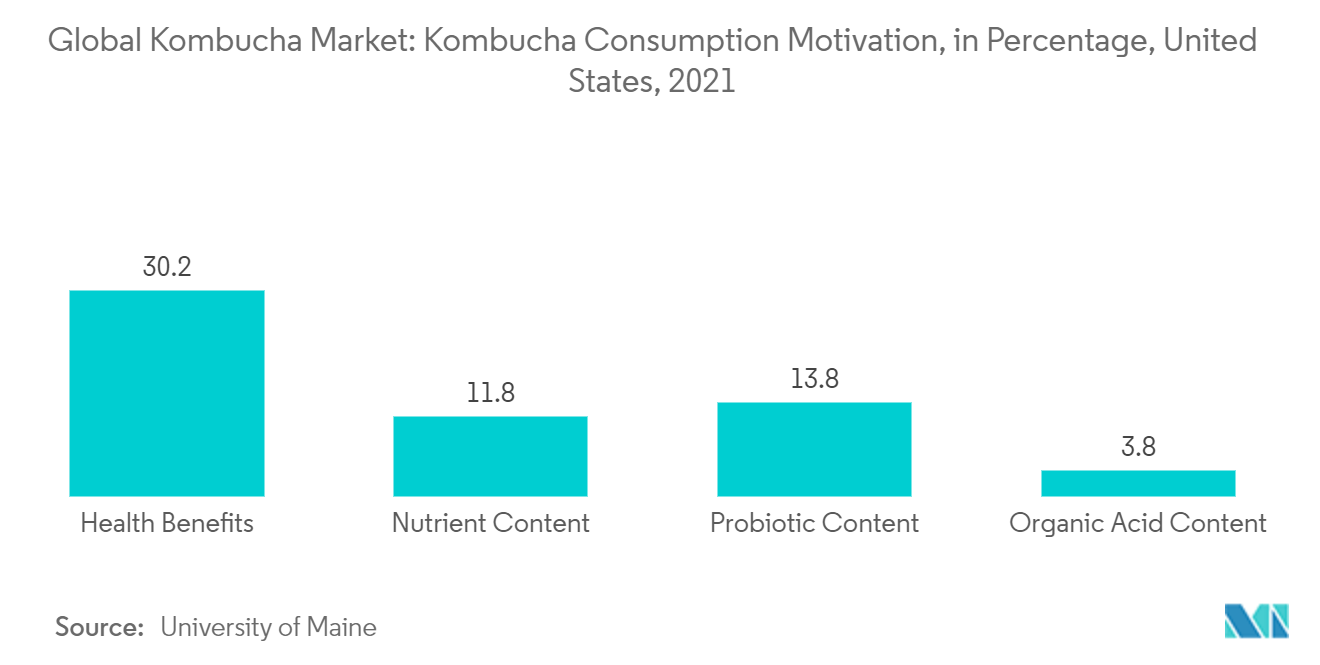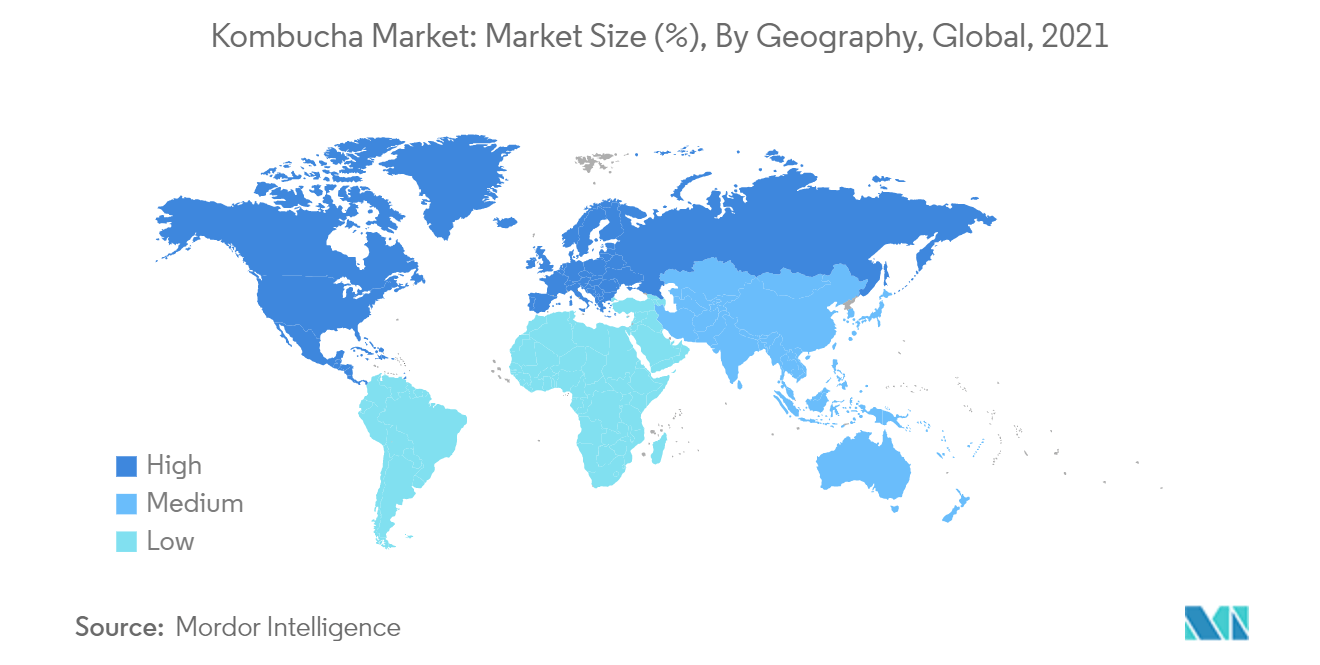Market Trends of Kombucha Industry
Rising Health Awareness Among Consumers
There exists a high prevalence of chronic diseases across the globe. Changing lifestyles due to rising health awareness and the need to opt for functional food and beverages are growing among consumers. They are increasingly opting for fortified food and beverage products that are less processed as they retain potential health benefits. Fermented drinks are recognized as helpful in fighting cancer, arthritis, and other kinds of degenerative diseases. Kombucha is one such product that is rich in enzymes and bacterial acids. It boosts energy and the immune system, eliminates toxins and detoxifies the body, rebuilds connective tissues, reduces headaches, and helps maintain weight. Thus, the frequency of kombucha consumption is rising globally, attributed to consumers' need for healthy options. As many consumers are still unaware of the health benefits of kombucha, the market represents a beautiful opportunity for the brands to enhance awareness and sales of their products.

Asia-Pacific is the Fastest Growing Region
Asia-Pacific is the fastest-growing region in the kombucha market. China is one of the leading markets for kombucha in Asia-Pacific. The popularity of packaged kombucha drinks in China remains attributed to their perceived health benefits. In India, the population suffering from joint health problems, like arthritis, is attracted more toward kombucha, which is expected to drive market growth throughout the forecast period. The rising urbanization, with the easy kombucha availability on local retail shelves, especially in countries like Australia, China, and Japan, is supporting market growth in the region. Predominantly, kombucha is a native drink from Japan. Japanese consumers prefer it to be mild brownish and fermented using kelp-based tea. In other countries, kombucha is a lightly carbonated and sweet fermented tea. Consumers in Japan prefer light-tasting umami-flavored kombucha. The Japanese kombucha market started to gain traction among consumers due to high product innovation and the increasing penetration of brands.


